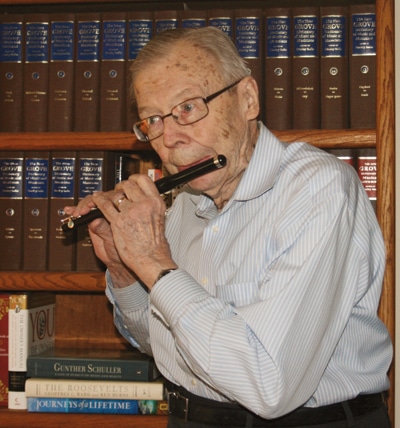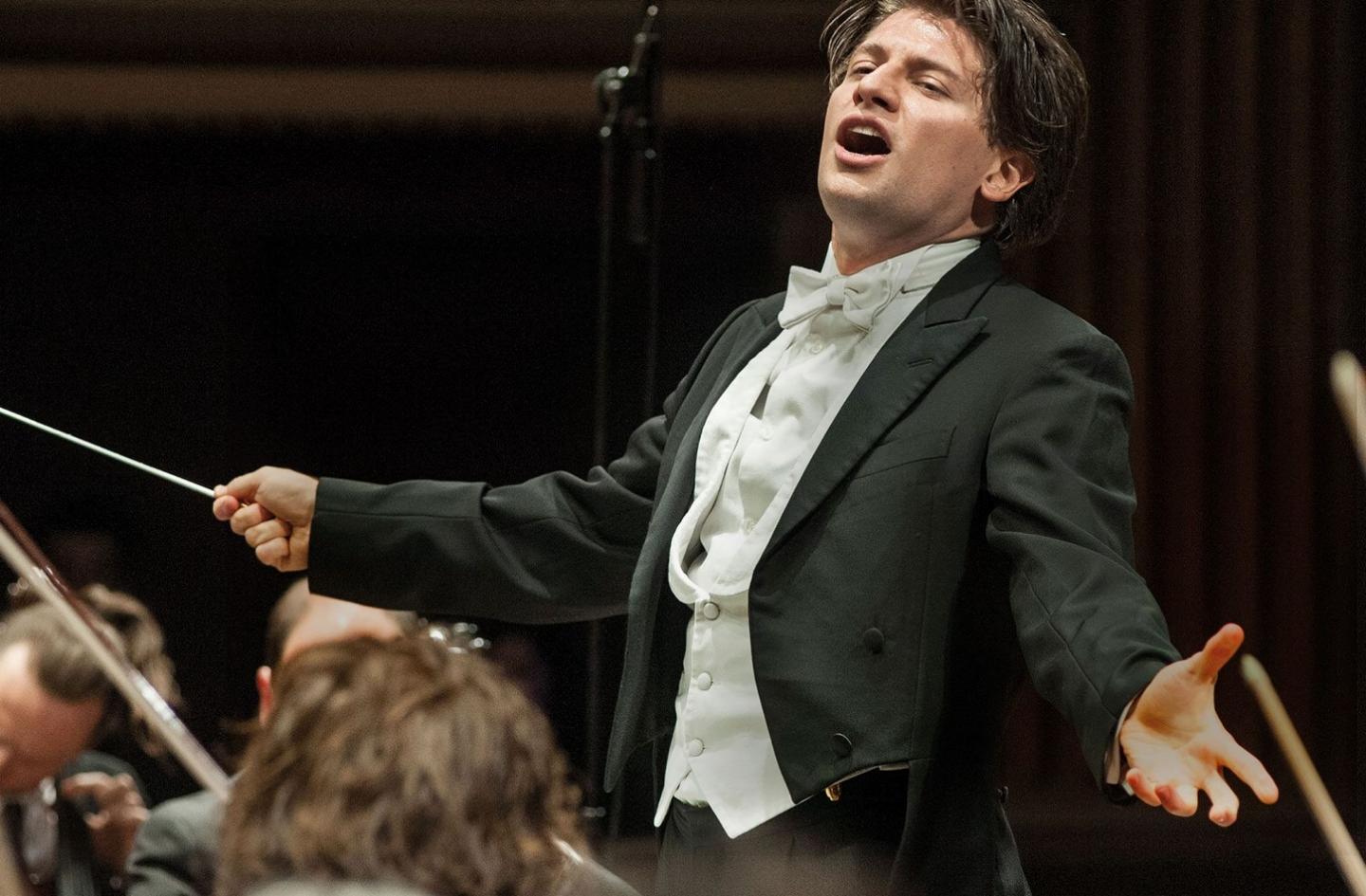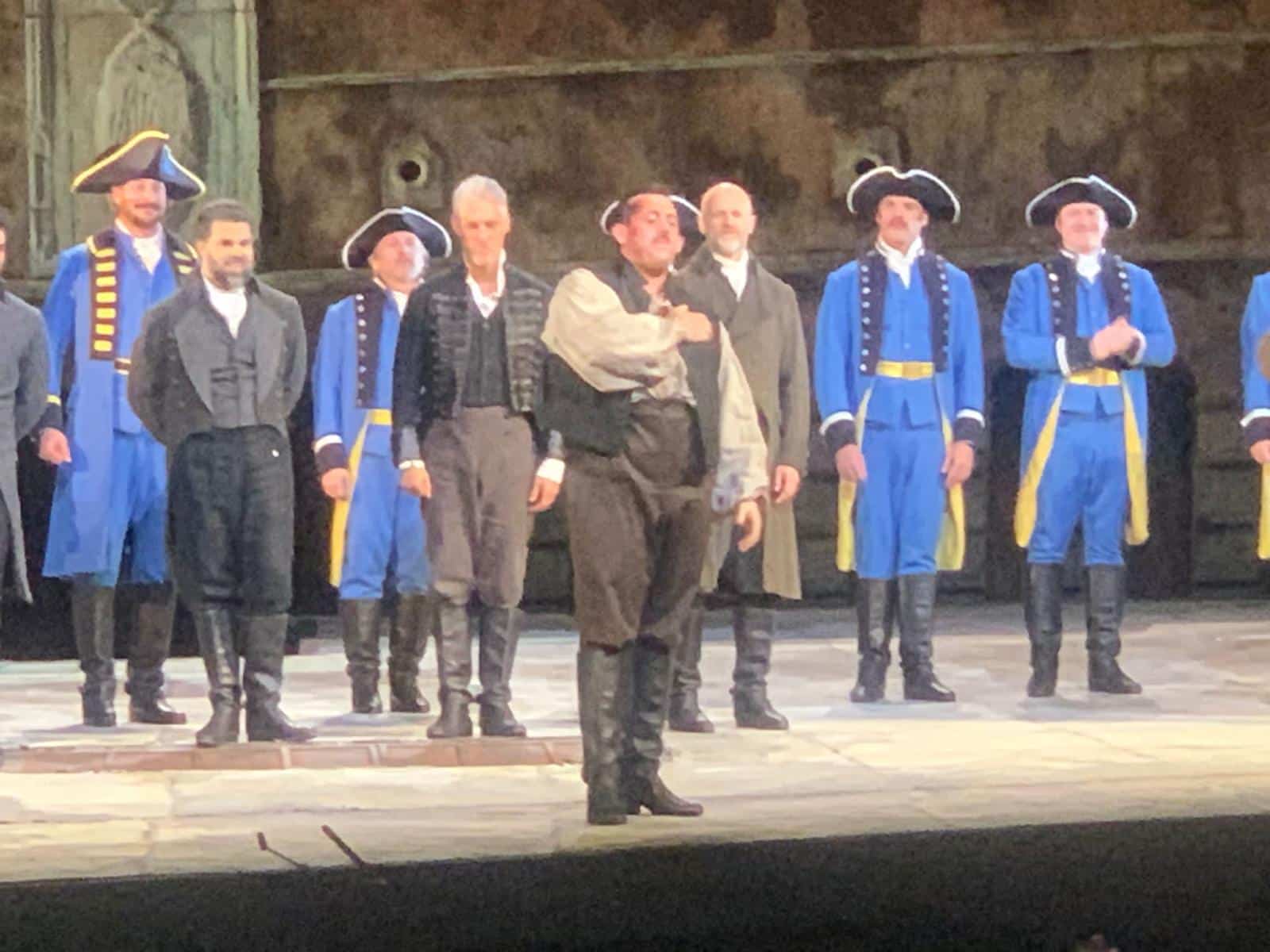So what is it with Jews and violins?
mainThere is a widely held perception, which I address in the May issue of The Strad magazine, that the violin is somehow a ‘Jewish’ instrument.
The simplest answer is portability. Jewish mothers in the
Pale of Settlement did not sit their kids down at the piano. Pianos were too
heavy to take abroad if there was a threat of pogrom. Cellos, likewise. The violin is an instrument of dispersion, a
relic of persecutions and a ticket to a better way of life. It was the Blackberry of musical transmission, the laptop of an imperilled school, the most effective instrument of ensuring that tyrannies could not destroy a tradition.
Agree?





But what about Jews and woodwinds? 🙂
With apologies to the four of my five children who were parentally steered towards woodwind, I would hazard a guess that the fiddle offers the best trade-off between (a) portability, (b) expressive range, and (c)despite its apparent frailty (and short of a catastrophic accident) ease of running repair. And Jews have spent quite a lot of their history on the run. Let’s remember too that this tradition took root long before wind instruments were readily playable to modern standards of tuning and uniformity of tone, whereas there has never been any such constraint on stringed instruments.
I’m quite prepared to be shot down in flames on (b)
We might remember that the violin has a strong tradition as a folk instrument in Eastern Europe. It is one of the central instruments of Klezmer music. Though little is known about the history of Klezmer, it is thought to have some of its closest origins in Romanian gypsy music – which relates to the question of portability you mention.
The question becomes why Jewish people pursued the violin more closely than other Klezmer instruments like the clarinet. I think it might have been an aspiration toward assimilation and class. As the Wiki article about Klezmer music notes, “the klezmorim — along with other entertainers — were typically looked down on by Rabbis because of their secular traveling lifestyle. Klezmorim often travelled and played with Roma musicians, since they occupied similar social positions. They had a great influence on each other musically and linguistically (the extensive klezmer argot in Yiddish includes some Roma borrowings).”
Since the violin is closer to the mainstream classical repertoire, it conveys more social status than other Klezmer instruments like the clarinet, string bass, or accordion. The Yiddish music of the violin became the classical violin of assimilated Jews. Of course, history is never quite so simple, but the general idea here probably played a role.
There are so many Jewish pianists:Apartial list- Rubinstein, Horowitz, Schnabell, Serkin, Solomon, Yudina, Gilels, Perahia, Ashkenazy, Haskil, Lupu, Kissin, Schiff, Barenboim- in spite the heavyness of the piano
During five years in Budapest I learned a lot about a violin tradition that stretched from Bratislava to Odessa. (The “Russian” violin tradition is itself really an Odessan tradition.) On the one hand, there are real folk roots, with considerable exchange of style and repertoire between all ethnic communities, most dramatically perhaps in Transylvania, where Hungarians, Romanians, Jews, Germans, and Gypsies have been playing each others’ music for a very long time. But there is also an urban tradition of the violin, the piano, and — perhaps — the cello, being considered the only acceptable instruments for the upwardly mobile middle class, Jews and Gentiles alike, with assimilation of the Germanic “classical” repertoire part of a parallel form of assimilation or “cultivation”. In Eastern Europe in the late 19th and early 20th century, Jews happened to be a substantial part of the emerging middle class, so it is no wonder to find them so well represented among the most prominent trained musicans of their time.
The continuity of this tradition to the present day, after the holocaust and, subsequently, in parallel in both western and eastern block countries, is both a more subtle and complex topic, but one can now recognize a similar impulse in the staggering numbers of Asian musicians who have been brought up under a similar impulse to use the classical repertoire and instrumental traditions as both sign and substance of aspiration and arrival into the middle class.
My 3 kids played the clarinet, the trumpet and my youngest the flute and piccalo. I am convinced the child should pick the instrument. Also assign a tutor. With a tutor they will go to the top of their section in they have talent. Remember hard work beats talent until talent works hard. And only two kinds of folks make it………..the hard worker and the kid with a lot of talent and smarts.